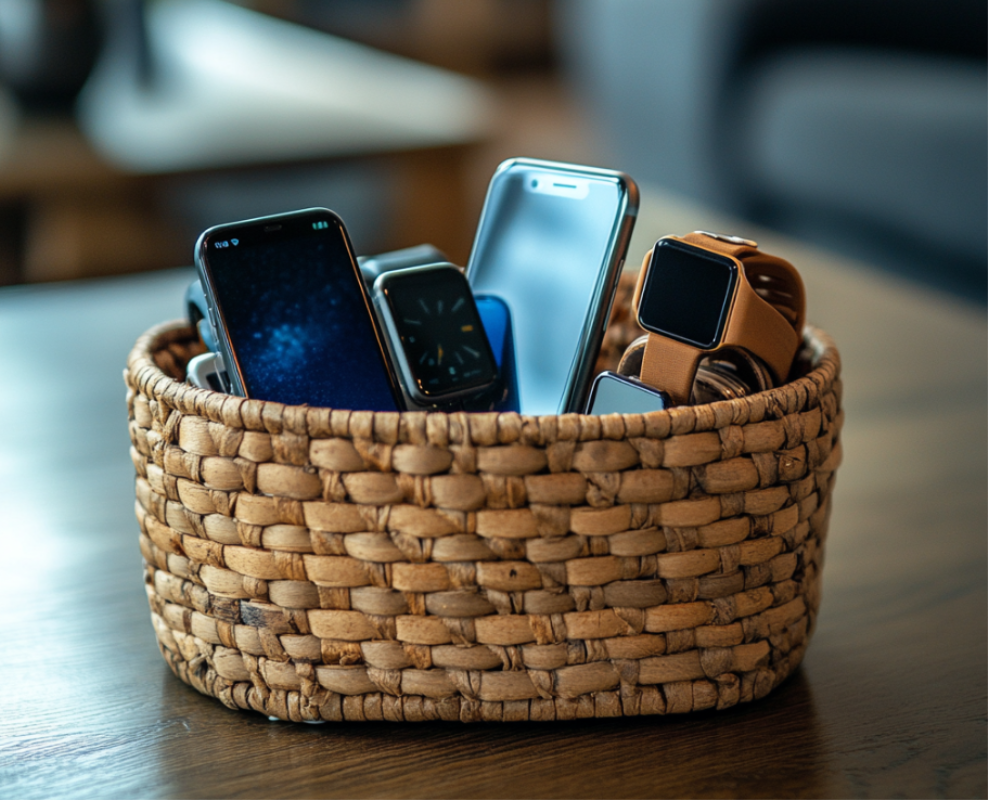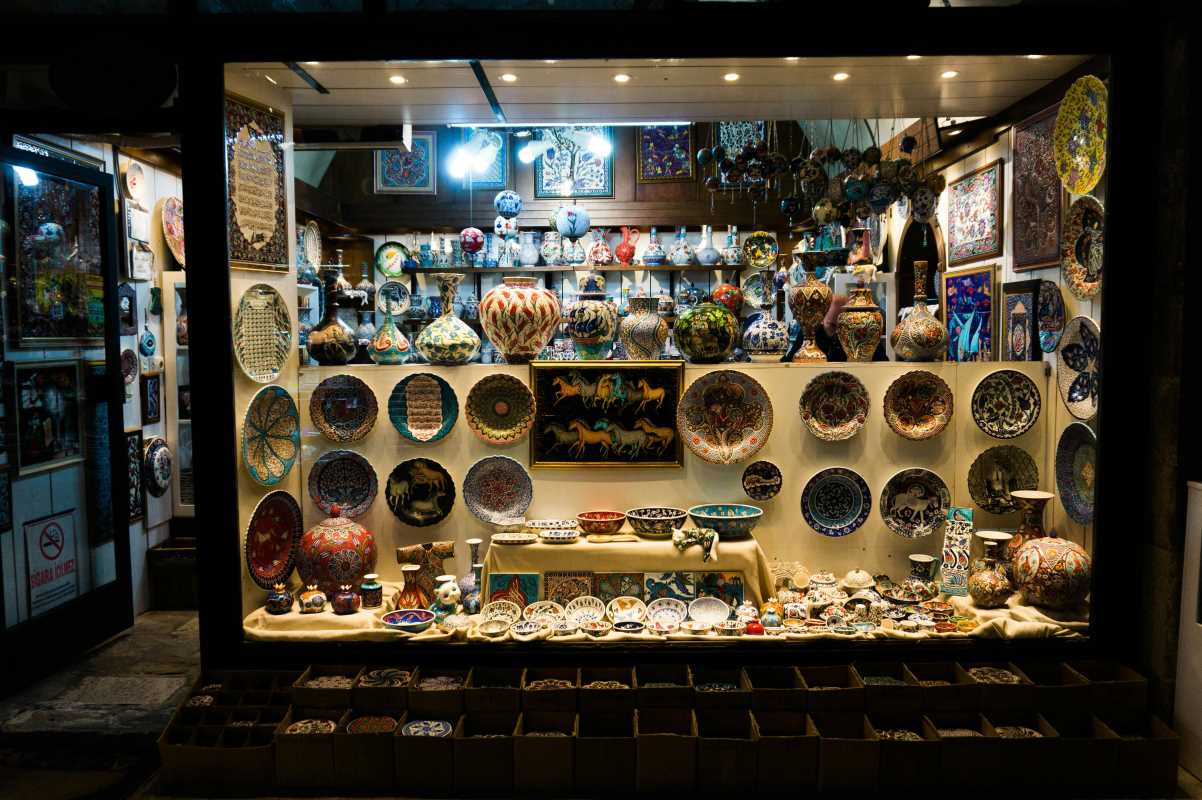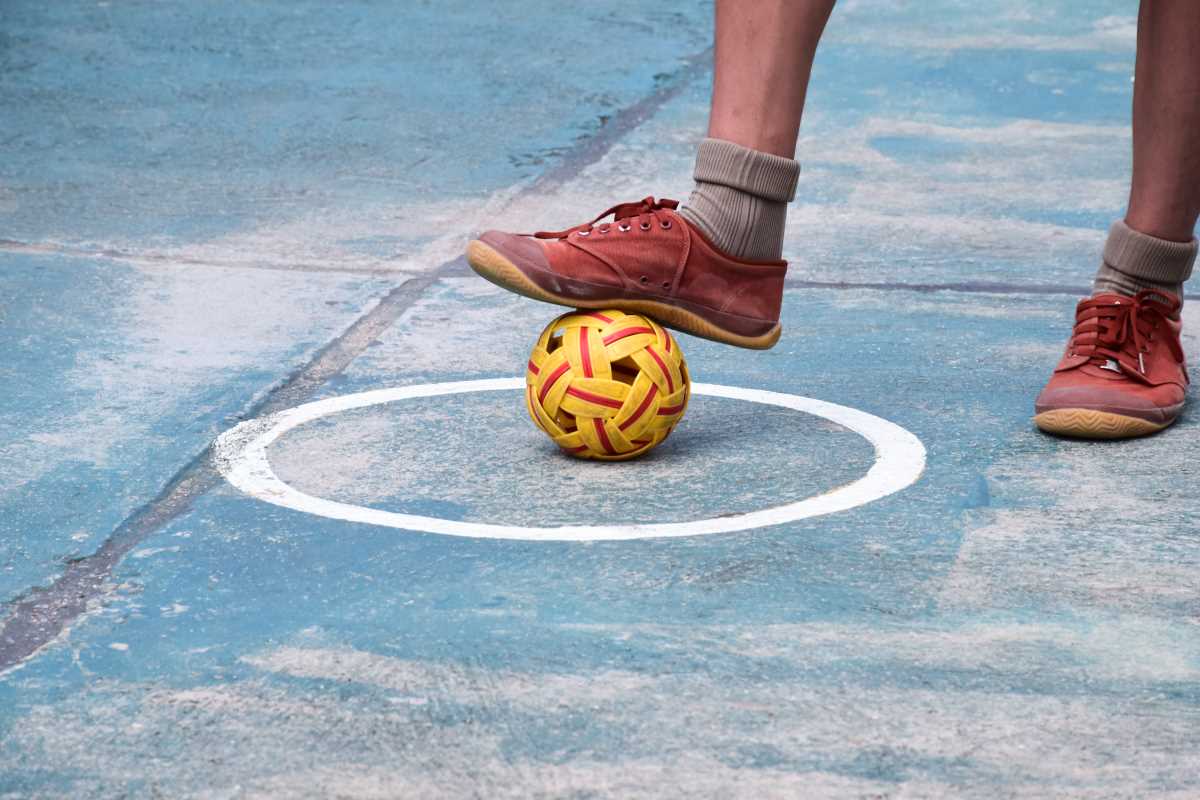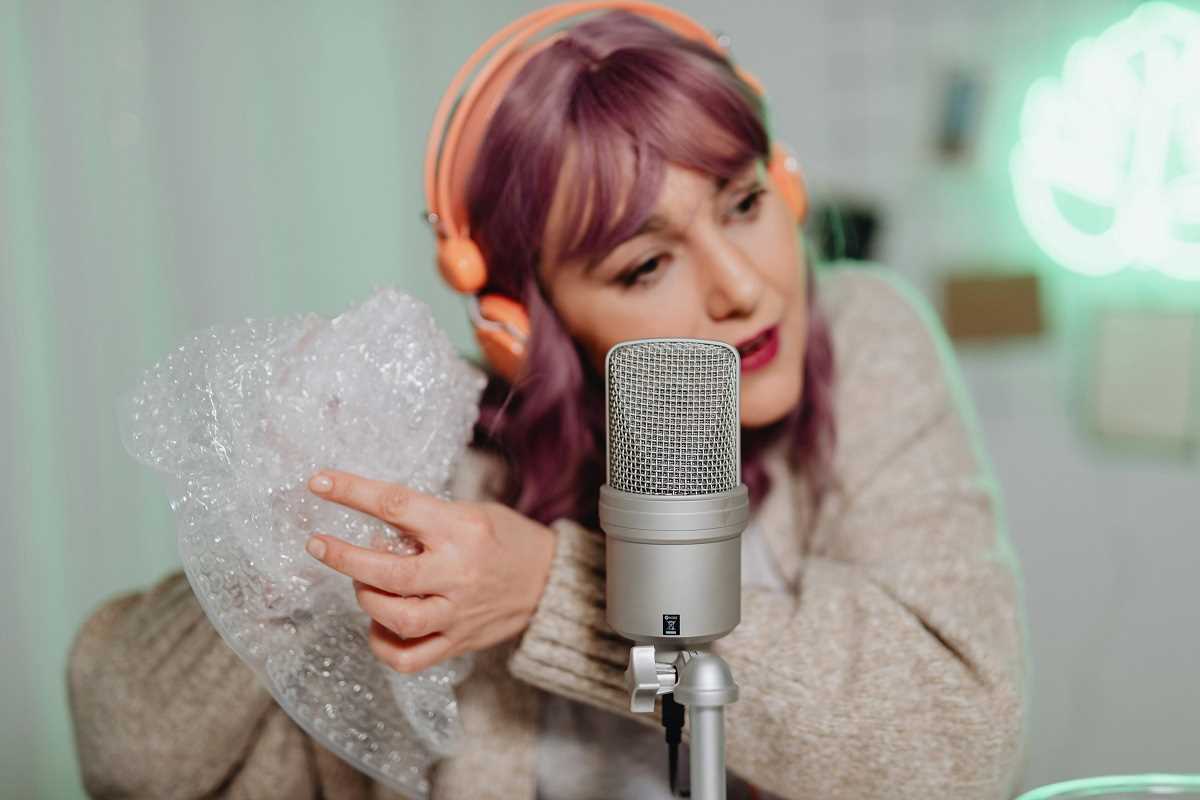Technology keeps us connected, informed, and efficient, but it can also tether us to endless notifications, hours of scrolling, and a feeling of being constantly "on." If you’ve caught yourself reflexively checking your phone or feeling drained after hours online, you're not alone. A digital detox can help you reclaim your time and recharge, but the key to success is creating a personalized approach. Let's break down how to build a digital detox kit that works for you and doesn’t feel like a fleeting attempt to go offline.
Why Is a Digital Detox Important?
Before you build your detox kit, it’s helpful to understand why disconnecting can make such a difference. Constant exposure to screens and online activity has been linked to increased stress, sleep disruption, and even decreased productivity. Social media, while entertaining and sometimes uplifting, often fosters comparison, which can negatively impact self-esteem.
But detoxing isn’t about ditching your devices forever. Instead, it’s about finding balance. Taking regular breaks allows your brain to reset, boosts creativity, and helps you focus on being present in the real world. By stepping away strategically, you’re making space for hobbies, relationships, and mental clarity—which are all vital for long-term well-being.
The challenge, though, lies in implementation. That's where a thoughtfully crafted detox kit comes in.
Step 1: Assess Your Digital Habits
Your digital detox kit should reflect your unique relationship with technology. Start by identifying your habits and understanding where you spend most of your screen time. Ask yourself:
- How much time do I spend on my phone daily? (Track this with apps like Screen Time on iPhones or Digital Wellbeing on Androids.)
- Which apps or websites consume most of my time? (Think social media, email, or streaming services.)
- What triggers me to use my devices? (Is it boredom, work-related stress, or notifications?)
- How does being online make me feel? (Do certain activities energize me, or do others leave me feeling drained?)
For example, if endless Instagram scrolling leaves you feeling unproductive, limit your time on social media. If emails and work notifications dominate your evenings, setting boundaries for work hours might be a priority.
By pinpointing what’s most draining or unnecessary in your digital routine, you can tailor your detox kit to target those areas.
Step 2: Set Realistic Goals
A successful digital detox kit is built around achievable goals. Instead of going completely offline for a week, aim for smaller, more manageable steps that fit seamlessly into your life. Here are some ideas:
- Start with time blocks: Commit to no screen time for an hour each morning or evening. Use that hour to be fully present.
- Limit app usage: Delete one or two non-essential apps for a week (you can always reinstall them later). Alternatively, set limits on how much time you spend on specific apps daily.
- Designate device-free zones: Decide that certain places, like the bedroom or dining table, will remain tech-free.
Having clear, attainable goals helps ensure you don't feel overwhelmed or tempted to revert to old habits.
Step 3: Choose Tools for Your Personalized Kit
Now, it’s time to gather the items that will make your detox work. Each component should support your unique goals and encourage relaxation, enjoyment, or mindfulness. Here’s what your personalized digital detox kit could include:
1. Physical Alternatives
An essential part of detoxing is replacing screen time with offline activities that bring joy and relaxation. Include options you genuinely enjoy, such as:
- A good book or a journal.
- Craft supplies for drawing, painting, or knitting.
- Workout gear, like a yoga mat or running shoes.
- A deck of cards or a board game for family time.
- Instruments if you love making music.
When you're tempted to grab your phone, these items can act as healthy and rewarding substitutes.
2. Environmental Cues
Help yourself succeed by adjusting your surroundings. Add items like:
- A charging station in a less convenient location (e.g., outside your bedroom) to discourage late-night browsing.
- A tech-free basket to store devices during meals or downtime.
- Blue-light-blocking glasses or a dimmable lamp for evening relaxation if you’ll still need some tech use for work.
3. Mindfulness Resources
Mindfulness can strengthen your ability to stay present and resist the urge to check your devices. Add these to your kit:
- A mindfulness app with offline features, like Calm or Headspace, to guide meditation sessions during your detox.
- A gratitude journal to refocus your mind on positivity.
- A set of affirmations written on small cards that remind you why you're disconnecting.
4. Fun Offline Challenges
Sometimes, the best way to detox is to make it a game. Inside your detox kit, include a list of creative challenges, such as:
- Learn one new recipe each week.
- Go for a daily walk and take note of something new you see.
- Write a letter to a friend instead of sending a text.
- Plan a day trip or picnic—without using your GPS or Google.
These activities can add a sense of purpose and adventure to your detox.
5. A Cheat Card
Detoxing doesn’t have to mean total deprivation. Allow yourself a "cheat card" for moments you truly need technology—like taking a quick video call with a friend or checking an urgent work email. Having this flexibility can prevent the detox from feeling restrictive and increase your likelihood of sticking it out.
Step 4: Schedule Your Detox Periods
Building a detox kit isn’t just about assembling tools; it’s also about consistency. Look at your schedule and figure out a time to integrate detox periods into your week. These can vary based on your goals:
- Daily detoxing: Carve out one hour before bed where all devices are off-limits.
- Weekend unplugging: Pick one weekend day to spend primarily offline.
- Seasonal resets: Every couple of months, commit to a 24- or 48-hour full detox.
Scheduling these periods makes them feel intentional and reinforces the habit of balancing your digital and offline life.
Step 5: Reflect and Adjust
After using your detox kit for a few days or weeks, take time to reflect. What's working? What isn’t? Did you find yourself more relaxed, or did you miss certain aspects of being connected?
The beauty of a personalized digital detox is its flexibility. If your first attempt doesn’t feel quite right, tweak it. Maybe you need shorter detox periods or different activities. Experimentation is key.
Benefits of a Digital Detox
When you stick to a regular digital detox, the benefits can be profound. Here are a few ways it can enhance your life:
- Increased focus and productivity during work and personal projects.
- Better relationships with loved ones, thanks to improved presence during conversations.
- Enhanced mindfulness, as you break the habit of reflexively reaching for your phone.
- Improved sleep, since reduced screen time (especially before bed) can help reset your internal clock.
- A greater sense of calm, as stepping away from constant notifications gives your mind time to rest.
Maintaining a Balanced Digital Lifestyle
The ultimate goal of detoxing isn't to shun technology altogether—it’s to build a healthier relationship with it. Beyond your detox periods, consider adopting these habits for long-term balance:
- Batch your notifications: Turn off non-essential notifications and check messages at set times.
- Prioritize in-person connections: Schedule tech-free quality time with friends and family.
- Mindfully consume content: Be intentional about which accounts you follow or websites you visit; curate a digital space that inspires and uplifts you.
With these strategies, mindful disconnection becomes second nature rather than feeling like a chore.
Building a digital detox kit doesn’t have to be complicated or rigid. By focusing on your habits, setting realistic goals, and incorporating tools that fit you, detoxing can become an enjoyable part of your routine rather than something you dread. Over time, these small unplugged moments can help you cultivate a healthier, more balanced connection with the digital—and real—worlds.
 (Image source: Midjourney)
(Image source: Midjourney) 





